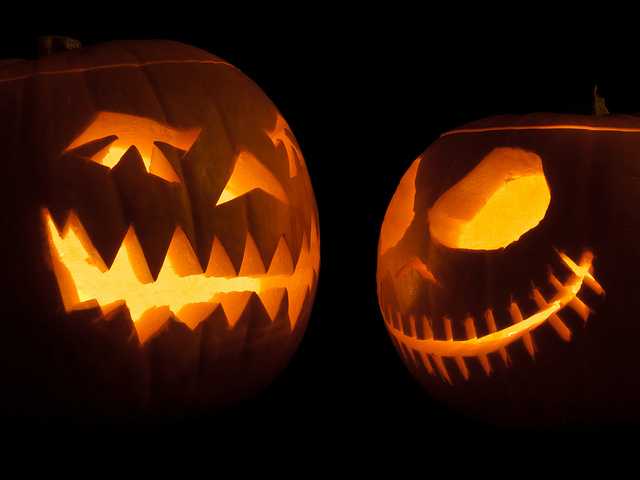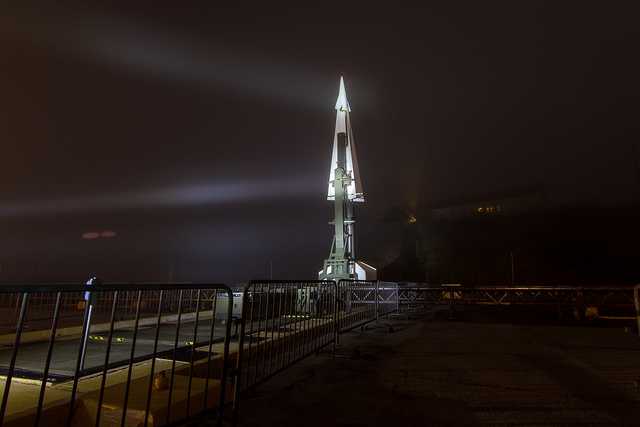
Halloween is an ancient holiday which is still celebrated with same enthusiasm today. While some look at it as an occasion to have fun, put up scary costumes and go trick n treating, others look at the dark side of it holding tight to the superstitions and ghosts and evil spirits aspect of it which need to be avoided at all costs. Whatever the case, Halloween is considered to be the second most popular holiday only after Christmas.
Halloween has its roots dated back to the pre-Celtic rituals for the dead. The Druids, a Celtic culture, had divided the year into 4 major holidays. The year began with the present 1st November marking winter. This was usually a time when the crops had to be harvested and stored for the coming winter months. Festivities were in order. The feast of Samhain marked the biggest and most auspicious period of the Celtic year.
It was believed that during this time, the gap between the dead and the living inched closer as the people who had died that year made their journey to the otherworld. Numerous bonfires were lit and sacrifices were made to help them on their journey which also prevented contact with the dead. The proceedings were highly superstitious. Soon the Christians were looking to convert the Celtics and in the process they managed to make some transformations in the way Halloween was celebrated.
This did not necessarily mean that the Christians went against the Celtic religious beliefs and norms. For instance, In the early 600 A.D, a certain Pope Gregory I idolized the Celtic worship of trees by associating Christ with it and ensuring its continued worship in this manner. Christianity was spreading. The old pagan rituals never died though. The traditional commemoration of the dead was deeply instilled in the minds of the people.
The Church tried its best to subsume the energy of the traditional practices but in vain. The earlier practices lived on in various disguises. In short, the present practices reflect the ancient traditions of the Celtics. Halloween is marked as a holiday of curious customs each one rich with a history. Costumes, roaming from door to door asking for treats began with the Celtics continuing through the first era of Christianity. Food and drinks were kept outdoors as offerings. With the advance of the centuries, people started wearing costumes and disguising as monsters.
Soon they started performing antics in exchange of our offering of food and drinks, a practice called mumming which later evolved to trick or treat. Witches, ghosts and skeletons are some of the popular disguises worn by the people till now. Today, Mardi Gras celebrated during Halloween is becoming popular among adults. Grown up men and women are taking to the streets of American cities in unbelievable disguises. Parades with lit up jack ó lanterns and costumes of varying varieties are becoming a common practice to mock and tease the dead and evil, and celebrating death as an extension to life.



